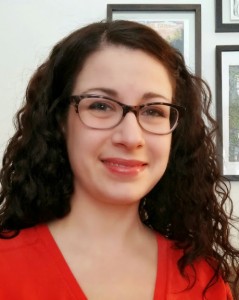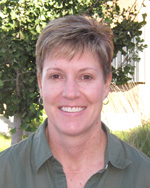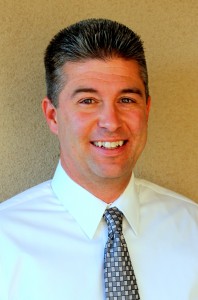 Bob Peterson, Mona Shores High School, Muskegon, Michigan
Bob Peterson, Mona Shores High School, Muskegon, Michigan
I love statistics!! I have been teaching for 25 years, and in 2003, when I got the opportunity to develop an AP Statistics class after having been teaching AP Calculus, I jumped at the chance. At that time, I was fortunate enough to participate in a course called INSPIRE, which was run by the stats gurus Allan Rossman, Beth Chance, Roxy Peck and many others. This class was designed for the new AP Stats teacher. Since then I have tried many different ways to help my AP Statistics students gain a deeper understanding of statistics. So, when I learned about the possibility of using simulation-based methods I was immediately excited about a course that could take advantage of tangible hands-on activities, computer simulations and high levels of reasoning. [pullquote]…since I have implemented more simulations within my class, students have had an easier time of understanding the hows and whys of the theory-based methods of inference that AP students must master.[/pullquote] Continue reading






